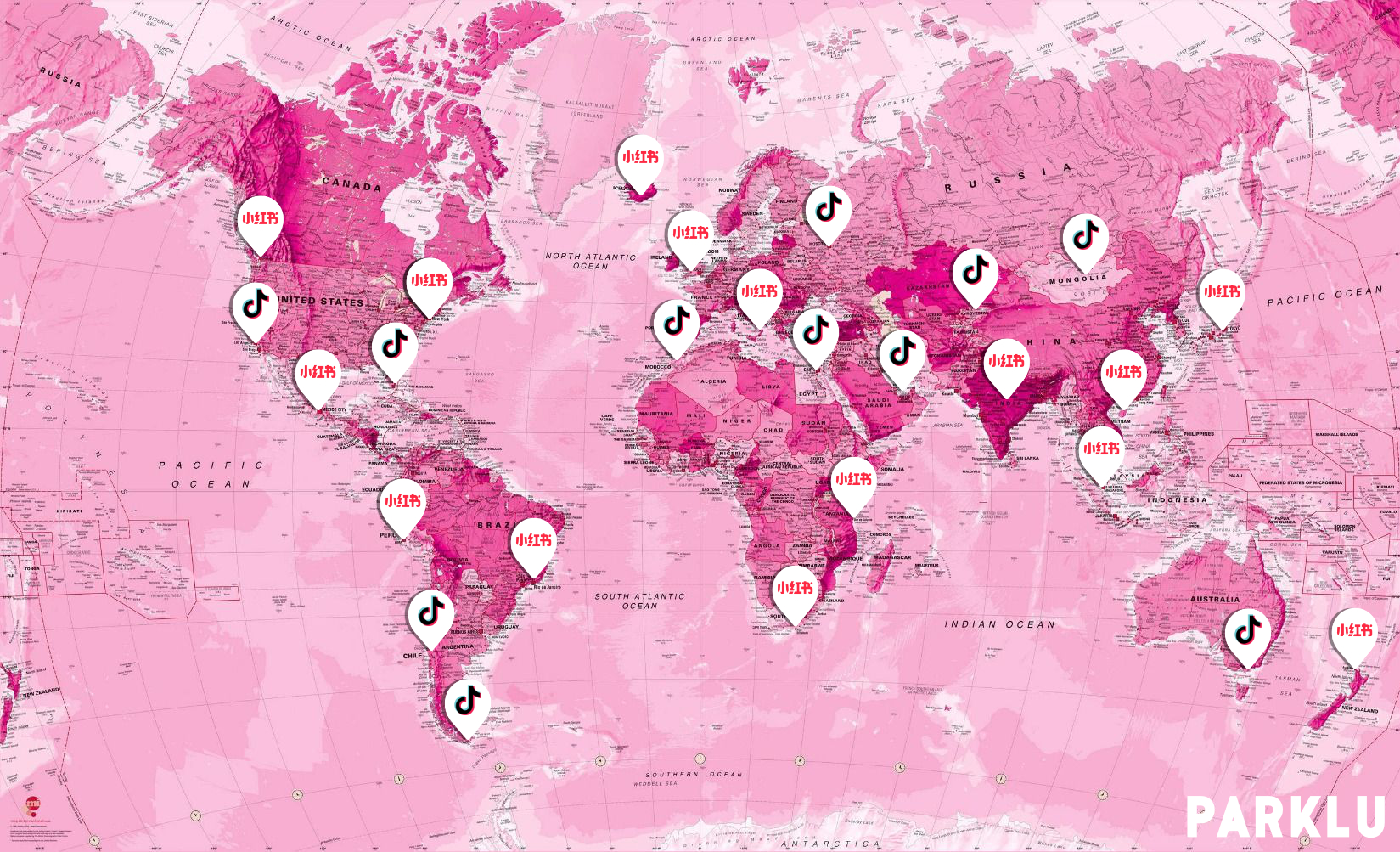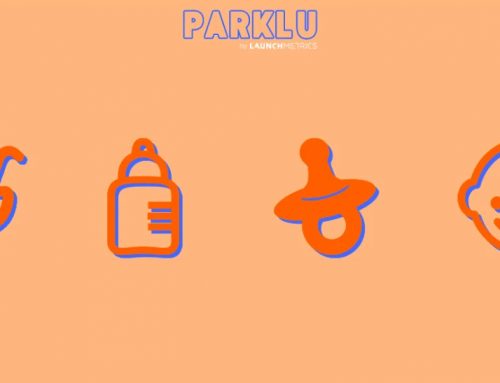Geo-tagged content is set to be one of the defining trends for location marketing in the coming years—and it’s not even on the radar of many marketers.
Location-based content and search are rising in importance all over the world. In the West, this is happening principally via Google Maps. In early 2018, Ruth Porat, the CFO of Alphabet, Google’s parent company, reported a 150 per-cent year-on-year rise in “near me” searches on the mapping platform. But businesses and attractions who hope to attract affluent Chinese consumers and FITs (free independent travellers) cannot afford to rely on a Google Maps listing.
While Chinese travellers can access Google Maps when they are travelling outside the country, they’re more likely to discover geo-tagged content using services like Xiaohongshu (Little Red Book or RED) and Douyin. Chinese travellers research destinations and plan their itineraries extensively prior to departure, so they’re often exploring and making decisions about where they want to eat, shop and visit before they leave home.
Even once their travels are underway, travellers are highly likely to run into situations that prompt them to fall back on suggestions sourced from location-based content. China e-commerce specialist and founder of SwissCloud Consulting, Michael Simonet is currently gathering data on this trend from Chinese visitors to Switzerland but said that he expects his research to show that affluent FITs (free independent travellers) are particularly responsive to geo-tagged content. Simonet added that he planned a recent trip to Chongqing entirely relying on geo-tagged recommendations from Xiaohongshu.
Simonet told PARKLU that businesses and institutions should be using location marketing by posting geo-tagged content and offers to entice travellers making last-minute plans. For example, a museum could offer a voucher for a free or discounted visit, or a venue offer a deal on afternoon tea. On a rainy day, Simonet said, travellers will likely to change plans from outdoor to indoor, and venues practising location marketing on location-based platforms will stand to snap up additional business.
Under the “Nearby” tab, Xiaohongshu users can search for a destination, and the network will pull up recommendations based on geo-tagged social content. The search results throw up a variety of member-generated posts, or “notes”, relating to attractions located around or nearby the desired destination, showing how far each of these is from the user’s current location. The notes can vary in usefulness, but the best will often feature detailed location information, reviews, and recommendations. Notes are accompanied by photos ranging from locations and products to selfies and posed portraits.
Initially, location marketing might seem like a spray and pray approach, but search results for a given location – for example, a city, neighbourhood or major street – can be filtered by categories including “Highlights”, “Dining”, “Shopping” and “Hotels”. This allows users to dig deeper and refine their explorations, browsing at random or filtering for the newest venues and attractions in that locale. For more well-known locations—dining in San Francisco, for example—users can browse ranked groupings of the most popular venues, based on how many notes each has collected. This serves the user a crowd-sourced list of recommendations, and the effect is comparable to word-of-mouth endorsements: The more people who have left notes about a venue, the more likely a user is to view that as a not-to-be-missed destination.
Early adopters who invest in their location-based “point of interest” strategy (as Simonet calls it) could see impressive returns. “This can be on the country, county, city or area level, either top-down from area tourism offices, or bottom-up from hotels, restaurants, shopping, and sights,” Simonet said. “As a brand, you can generate a lot of awareness during the inspirational phase and/or when consumers just browse Xiaohongshu during a trip.”
Brands can build their strategy for platforms like Douyin and Xiaohongshu in various ways. They can optimise their content by adding geo-tags, relevant keywords and hashtags. Certain types of business, such as hotels, restaurants, and shops, can encourage Chinese customers to add a location tag to any content they post relating to the venue. Of course, working with KOLs who will create high-quality, evergreen and permanent content is an attractive option that can help brands reach large audiences. “In a clever point of interest strategy, you combine all these points, with growth hacking over several apps, social media optimisation and calls to action,” Simonet said.
Other platforms, including restaurant review apps, Meituan and payment apps like Alipay have incorporated location-based content and offers. However, Simonet makes a distinction between the “functional” nature of these services, where the appeal is mostly immediate—a discount voucher, for example—and the “inspirational” appeal of researching destinations and gaining inspiration prior to departure as well as on the ground using the likes of Douyin, Xiaohongshu and even WeChat.
“In the end, what counts is optimising your ability to measure the results,” Simonet said. “Make sure you have a strategy combining pre-trip and during-trip content spread over the most common apps, including clear calls to action for conversion. This could be done measuring consumer basket increase or general spend/transaction increase via Alipay, WeChat Pay or UnionPay, after or during a campaign.”












Leave A Comment